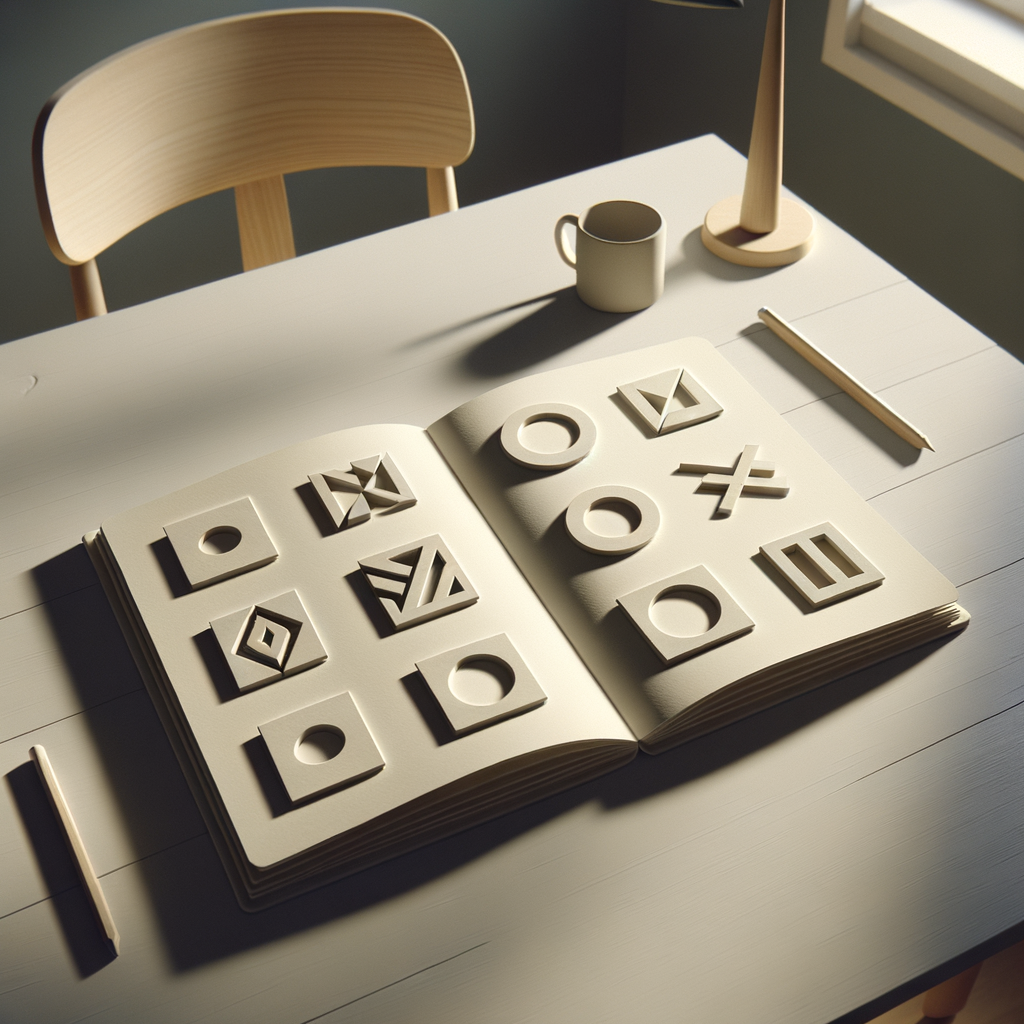
Stunning Minimalist Logo Prompts For Effortless Design
- Understanding Minimalist Logos
- The Power of Simplicity
- Key Elements of Minimalist Logos
- Crafting a Logo Strategy
- Generating Stunning Minimalist Logo Prompts
- Utilizing Design Tools for Efficiency
- Testing and Refining Your Design
- Finalizing Your Minimalist Logo
- Conclusion
- FAQs
- References
Understanding Minimalist Logos
Minimalist logos focus on simplicity. They deliver messages clearly and completely. In today’s busy market, brands need to stand out. A minimalist logo achieves this by stripping away unnecessary elements. Instead of complex graphics, these logos consist of simple shapes and lines. They convey the brand’s identity without overwhelming viewers.
Moreover, the beauty of minimalism lies in the details. A well-crafted minimalist logo can express a brand’s essence. It often elicits emotional responses. Therefore, designers must consider the target audience. Does the logo resonate with them? Understanding this can make all the difference.
The Power of Simplicity
Simplicity plays a key role in design. A cluttered logo can confuse potential customers. On the other hand, minimalist logos provide clarity. They create memorable impressions quickly. Most people only spend a few seconds viewing a logo. A simple design helps ensure the logo sticks in their minds.
Consider notable brands like Apple or Nike. They use minimalist logos effectively. These brands show that simplicity can create a powerful statement. Similarly, your design can work if you focus on key elements. By emphasizing basic shapes and typography, your logo can communicate effectively.
Key Elements of Minimalist Logos
A successful minimalist logo incorporates several essential elements:
1. Less is More: Focus on removing non-essential details.
2. Strong Typography: Choose fonts wisely to ensure readability.
3. Limited Color Palette: Use 1-3 colors to maintain harmony.
4. Relevant Shapes: Shapes should clearly represent the brand.
5. Versatility: The design should work well in various contexts.
When you combine these elements, the impact multiplies. Each aspect reinforces the message. As a result, your logo becomes more than just an image—it transforms into a brand statement.
Crafting a Logo Strategy
Creating a minimalist logo isn’t just about design. You need a strategy. Start with thorough research. Understand your brand’s mission and vision, and analyze your competitors. Ask yourself: What do you want your logo to convey? Answering this question sets the foundation for your design.
Once you’ve defined your core message, gather inspiration. Look at various minimalist logos. Analyze why they work. Keep a record of shapes, colors, and typography that resonate with you. This collection becomes a reference for your design elements.
Generating Stunning Minimalist Logo Prompts
Generating logo prompts is an exciting process. Prompts can guide your creativity while ensuring you stay on the right track. Below are some unique prompts:
– Geometric Shapes: Think triangles, circles, and squares. How can these shapes represent your brand values?
– Negative Space: Explore how to use negative space creatively. Find ways it can enhance your design.
– Monograms: Combine initials or letters in a unique style. Test different alignments and fonts.
– Nature Elements: Consider using elements from nature, such as leaves or mountains. They can provide organic touches to your design.
– Abstract Concepts: Think outside the box. Can you visualize concepts like “freedom” or “growth” through simple shapes?
Utilizing Design Tools for Efficiency
A plethora of design tools are available to make the process easier. These tools help transform ideas into visual realities. Here’s a shortlist of popular ones:
| Tool | Purpose |
|——————–|————————————————|
| Adobe Illustrator| Professional vector graphics design |
| Canva | User-friendly design tool for non-designers |
| Figma | Collaborative design for teams |
| LogoMaker | Quick logo creations with templates |
| Hatchful | Free logo maker by Shopify |
These tools can save time while producing high-quality results. Explore their features. Find out which one aligns best with your needs.
Testing and Refining Your Design
Once you’ve created a prototype, testing is crucial. Gather feedback from various sources. Share your logo with trusted friends, colleagues, or even through social media. Ask for constructive criticism regarding its appeal and effectiveness.
Consider creating multiple versions of your logo. This approach can help you see which resonates best with your audience. Make adjustments based on the feedback received. Remember, refining is part of the design process. Don’t settle for less than perfect.
Finalizing Your Minimalist Logo
Sealing the deal with your logo involves final touches. Ensure that your logo works in both color and black-and-white formats. It should be versatile enough for various uses, from business cards to banners.
Also, think about scalability. Your logo should remain recognizable at any size. Proceed to create a style guide that includes your logo and color palette. This guide ensures consistent branding across all platforms.
Conclusion
Minimalist logo design hinges on simplicity and clarity. By focusing on essential elements and utilizing design tools, you can craft a logo that stands out. Testing and refining enhance your design’s effectiveness. Ultimately, your logo should encapsulate your brand’s essence, making a memorable impression.
FAQs
1. What makes a logo minimalist?
A minimalist logo uses simple shapes, limited colors, and clear typography to communicate the brand’s message effectively.
2. How do I choose the right colors for my minimalist logo?
Select 1-3 colors that reflect your brand’s identity and appeal to your target audience.
3. Can I create a minimalist logo without design experience?
Yes, tools like Canva or Hatchful make it easy to create logos even for beginners.
4. What is the importance of negative space in logo design?
Negative space creates balance and can cleverly convey additional meanings, enhancing the overall design.
5. Should I include text in my minimalist logo?
Text can add clarity, but balance it with imagery. Use strong, readable typography for the best effect.
6. How can I test my logo’s effectiveness?
Share it with diverse audiences for feedback and observe their reactions to gauge appeal and clarity.
7. Is it necessary to create multiple versions of my logo?
Yes, different versions can help you understand what resonates best with your audience.
8. What file formats should I save my logo in?
Save in vector formats like SVG or AI for scalability and also export in PNG and JPEG for various uses.
9. How important is scalability in logo design?
Scalability ensures the logo remains recognizable in varying sizes, which is crucial for branding.
10. Can minimalist logos work for any type of business?
Yes, minimalist logos can adapt to various industries, as simplicity often communicates sophistication and focus.
References
– Smashing Magazine: The Power of Minimalism in Logo Design
– Canva: Logo Design Tips
– Creative Bloq: The Best Logo Design Software

